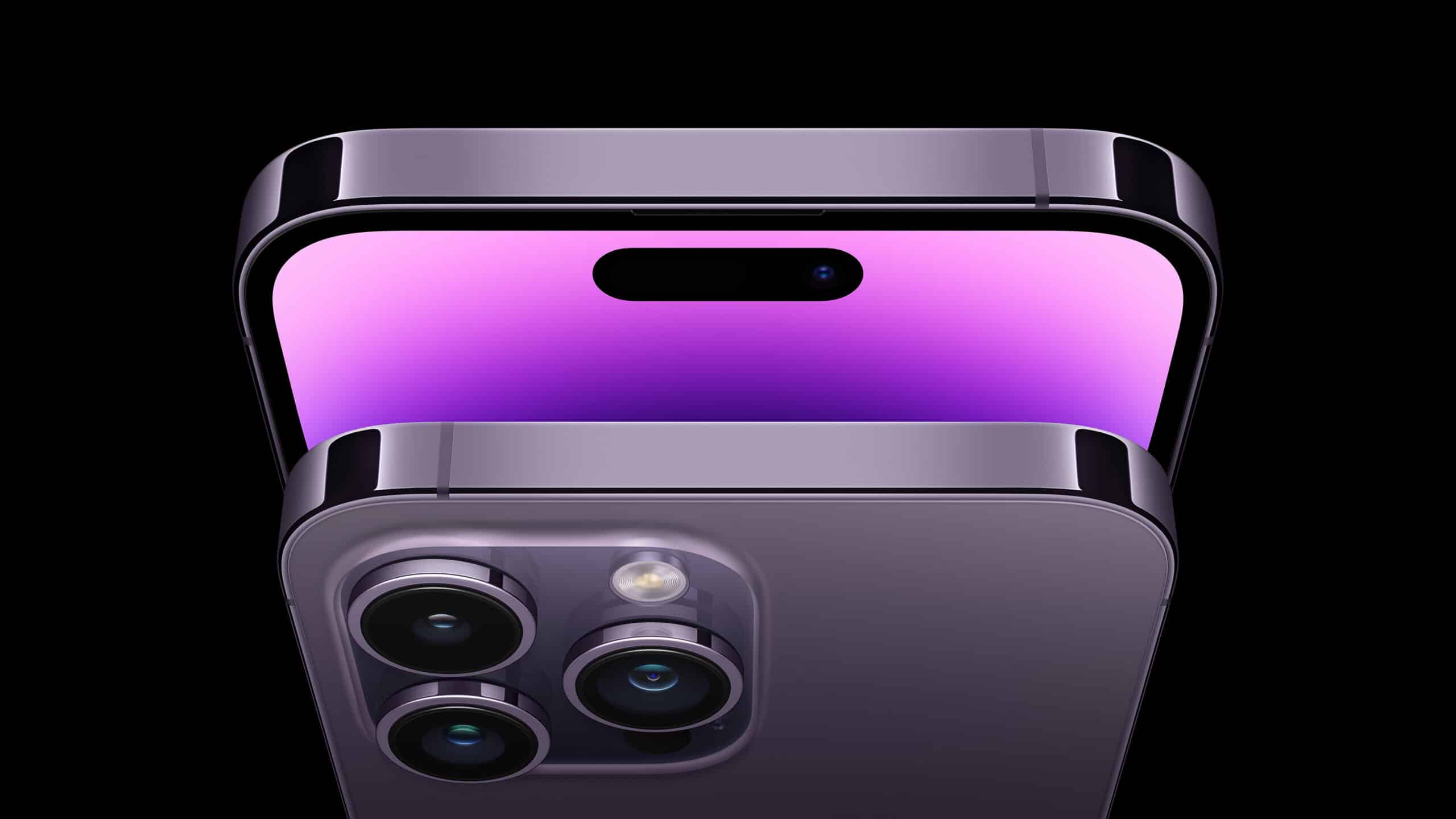
The biggest rumored change to Apple’s Pro iPhones was confirmed in a big way as the company unveiled the redesigned iPhone 14 Pro and iPhone 14 Max.
Not only has Apple revised the infamous notched display design with these new phones, the company has made the new pill-shaped cutout a living, breathing part of the overall UI. While the change from notch to pill wasn’t a surprise, the resulting “Dynamic Island” as Apple calls turned out to be a surprising creative turn.
But that’s just the start of everything new on these phones. Here’s everything you need to know:
Do the iPhone 14 Pro and Pro Max have a notch?
No. Not really, anyway. As stated above, the new iPhone 14 Pro and iPhone 14 Max taper down the notch into a new pill-shaped cutout. This smaller cutout is made possible thanks to two things:
- Apple has redesigned the TrueDepth camera system. The new design takes up 30% less area than the one found on the iPhone 13 Pro models.
- For the first time, Apple has placed the phone’s proximity sensor behind the display. Note: The engineering behind this isn’t particularly novel as Android handset makers such as Samsung have moved to placing the entire front camera behind the display of certain devices. However, it shows that while Apple feels the behind-display solution is viable for proximity, the company still feels like behind-display cameras aren’t ready for primetime.
What is the Dynamic Island on the iPhone 14 Pro models?
Just about everyone was expecting Apple to reduce the notch to a pill, call that a win, and then call it a day. But in classic Apple fashion, the company is owning this new design paradigm to the extent that it has become a part of the phone’s very UI language.
Apple is calling the pill the Dynamic Island and it’s the solution not only to how best to reckon with a now pill-shaped cutout, but to the question of how to make lemonade out of the lemons given to us by the very necessity of front-facing-camera-system cutouts to begin with?
Apple is using the negative space created by the pill as a blank canvas for notifications and at-a-glance information. For instance, when a phone call comes in, the pill suddenly appears to grow larger and is now a call notification popover with the information of the person calling and buttons for answering or decling the call.
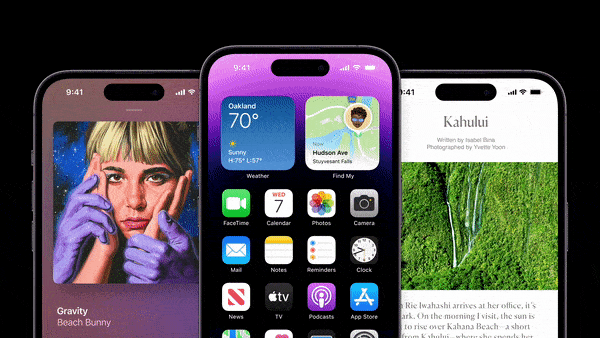
But the Dynamic Island isn’t limited to real-time notifications. Apple has also built hooks into it so that apps running in the background can display live data as well. For instance, maybe you’re writing an email, or editing a document, but you want to keep an eye on how your favorite baseball team is doing in its current game. The Dynamic Island can display the live score right there at the top of your screen.
Other examples of background Dynamic Island tasks are controls and album art for music you’re currently listening to, live updates from Maps in turn-by-turn directions, updates from your favorite ride-sharing app, and remaining time in a current timer.
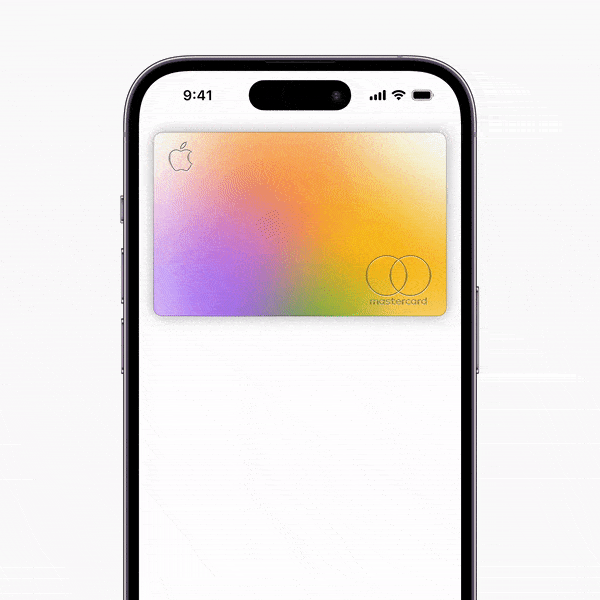
I remember thinking “Why would Apple shrink the notch to a pill when there’s still going to be this weird sliver of unusable screen above the pill?” Well, this is why. Even getting back that tiny sliver of screen has enabled the company to make better use of the top half of the display all while delivering a refreshing new direction for notifications.
Does the iPhone 14 Pro have an always-on display?
The other big rumor confirmed with the unveiling of the new iPhone 14 Pro and Pro Max is the inclusion of an always-on display.
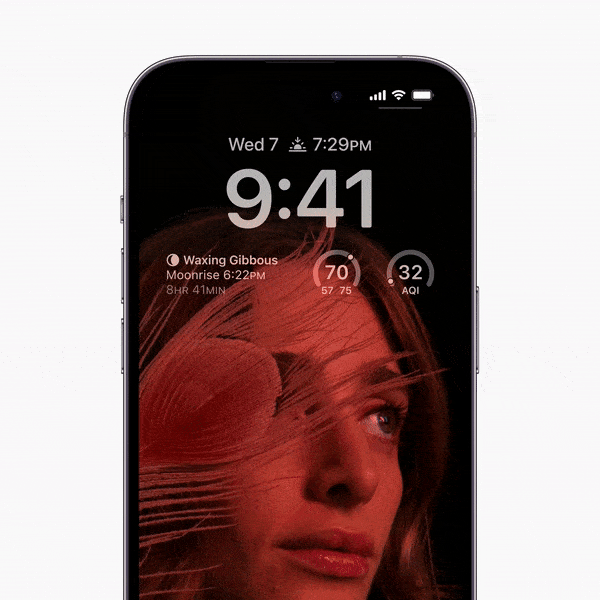
Thanks to the OLED capabilities of the Super Retina XDR display and the new display engine within the A16 Bioninc chip powering the new phones, the iPhone 14 Pro and Pro Max are the first iPhones to get an always-on display. The displays can reduce refresh rates down to 1Hz while to keep the time, widgets and your wallpaper visible—and in color—all the time.
How bright is the iPhone 14 Pro display?
Beyond always-on functionality, Apple has also made the display on its Pro phones brighter than ever. The display can now reach HDR peak brightness of 1,600 nits as well as a peak outdoor brightness of 2,000 nits. Apple says this is the highest peak brightness of any smartphone on the market.
How big is the iPhone 14 Pro Max?
The iPhone 14 Pro Max has Super Retina XDR display measuring 6.7 inches.
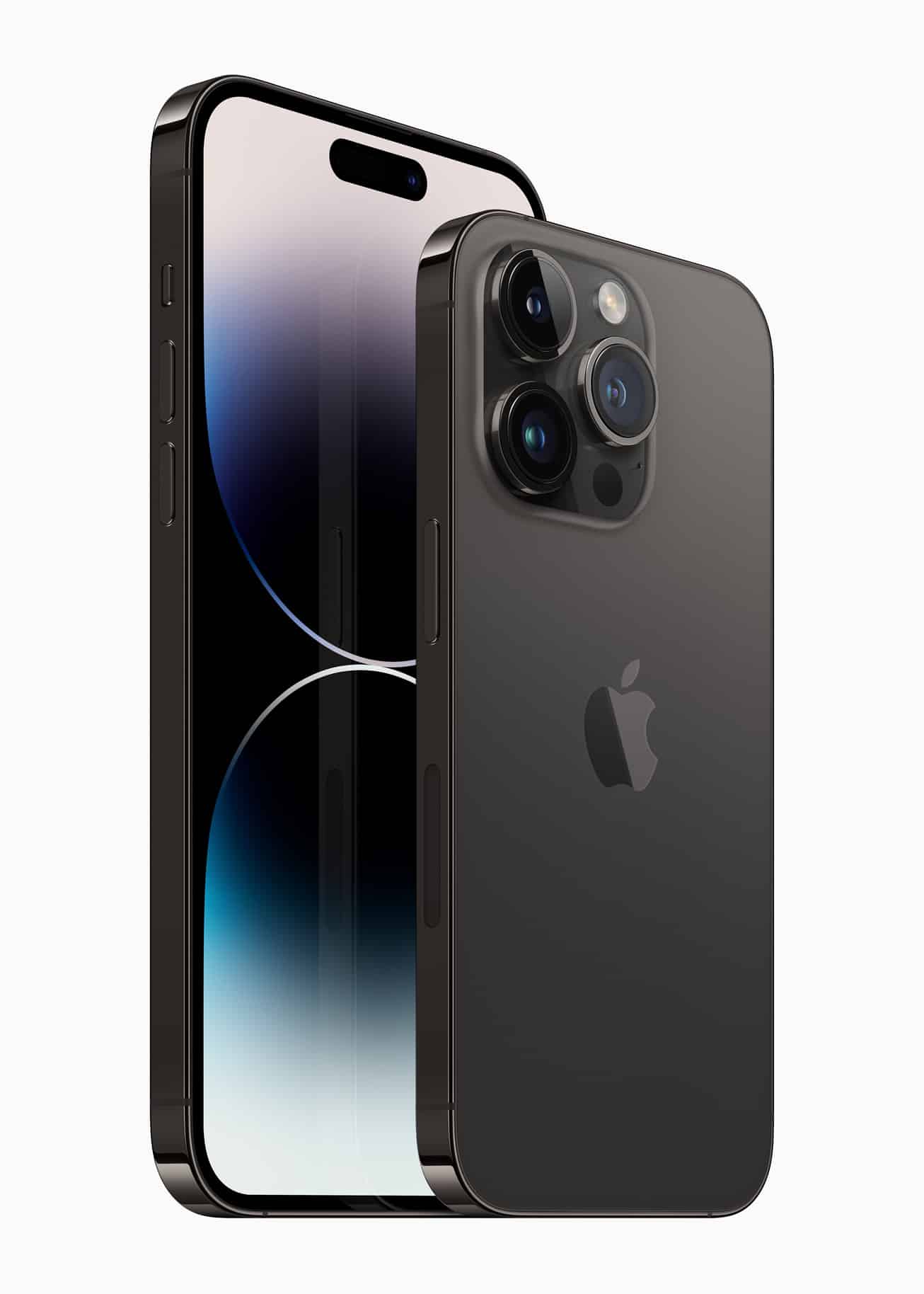
How big is the iPhone 14 Pro?
The iPhone 14 Pro has a Super Retina XDR display measuring 6.1 inches.
How much does the iPhone 14 Pro cost?
The iPhone 14 Pro starts at $999. It will be available for pre-order Sept. 9 and will release on Sept. 16.
How much does the iPhone 14 Pro Max cost?
The iPhone 14 Max starts at $1099. It will be available for pre-order Sept. 9 and released Sept. 16.
What colors do the iPhone 14 Pro and iPhone 14 Pro Max come in?
The iPhone 14 Pro and iPhone 14 Pro Max will be available in Space Black, Silver, Gold, and the new Deep Purple.
What camera improvements did Apple make on the iPhone 14 Pro and Pro Max?
Just as Apple has differentiated its Pro iPhones in recent years with faster processors, the gap is also widening between the Pro and non-Pro iPhones with regard to photo and video capabilities thanks to a new camera system that is more focused on professional applications and workflows than ever before.
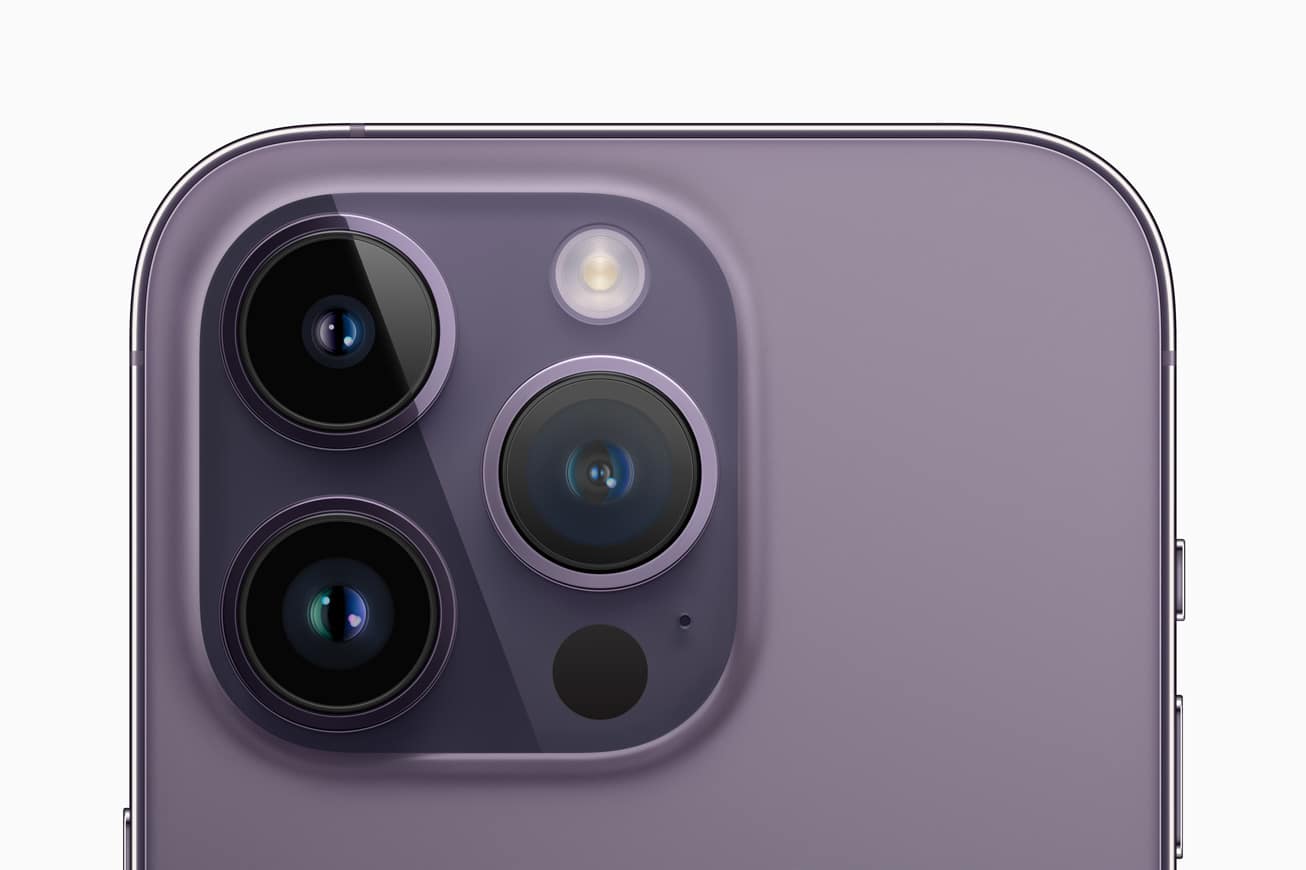
Apple says the camera system on the iPhone 14 Pro and Pro Max is the biggest leap in iPhone photo and video performance ever.
Main Camera Improvements
The main camera now has a 48MP quad-pixel sensor. This new sensor is 65% larger than the sensor found within the iPhone 13 Pro ,but what really sets it apart is that it can be utilized in two ways:
- By default, the camera captures 48MP images and then combines every four pixels composing that image into one large “quad pixel.” Some quick match tells you that that will result in a lot of detail packed into what Apple considers a “more practical” 12MP image.
- Or, you can shoot in ProRAW at the full 48MP. This allows you to use the sensor’s full capture capability and export in a RAW image file. The result are the most data- and detail-rich images from an iPhone to date.
Beyond the sensor, Apple has also updated the camera itself with a 24mm focal length.
Telephoto Camera Improvements
Another benefit of the quad-pixel sensor comes through the telephoto lens. While the telephoto lens of the iPhone 14 Pro and Pro Max is still considered to be an optical zoom of 3x, the new sensor has allowed Apple to bring back the 2x telephoto option from previous iPhones.
Essentially, when you choose 3x telehphoto from the camera, the phone uses the full sensor and condenses that photo into a 12MP image as described above. However, due to the sheer size of this sensor, you can crop the scene without loss of detail. So, when you choose 2x telephoto, the camera only uses the middle 12MP of the 48MP sensor to produce a sharp, fully-detailed 2x photo or 2x video.
Apple has also increased the aperture of the telephoto lens to f1.78.
Ultra Wide Camera Improvements
The ultra wide camera is better as well, now with an aperture of f2.2 for better low-light performance.
Front-facing TrueDepth Camera Improvements
The front-facing TrueDepth camera has also been the beneficiary of a larger aperture, now at f1.9.
Video Improvements
Video will benefit from all of the improvements to the camera system listed above. Apple has also updated Cinematic Mode with the ability to shoot in 4k 30fps and the cinematic standard of 4k 24 fps.
Apple has also added a new video mode called Action Mode. Action Mode is a way to stabilize your video without the need of a gimbal. It uses the full sensor to crop out any juddery movement, resulting in a smoother result.

What is the Apple Photonic Engine?
One photography improvement shared between all of the new iPhone models is the Photonic Engine, an enhanced image pipeline within the iPhone 14, iPhone 14 Plus, iPhone 14 Pro, and iPhone 14 Pro Max, that results in dramatic improvements to low-light photos, Apple says.
The new feature applies the same computational benefits in found in Apple’s Deep Fusion computational photography algorithm, but does so earlier in the imaging process. This results in better detail, the preservation of more subtle textures, better color processing, and the preservation of more information in the image file.
Because of the Photonic Engine, Apple says mid- to low-light shooting has seen 2x improvements on the front, main, and telphoto cameras, while the ultra wide camera has received a 3x bump in performance.
What processor is inside the iPhone 14 Pro and iPhone 14 Pro Max?
Apple has placed the all-new A16 Bionic chip at the heart of the iPhone 14 and iPhone 14 Plus. Moving forward it looks like the Pro phones and their premium pricing will be further differentiated from the standard models by remaining one generation of Apple silicon ahead.
A16 Bionic features:
- 6-core CPU is “40% faster than the competition,” Apple says. 2 high-performance cores make the A16 Bionic the fastest mobile CPU while still requiring 20% lower power, Apple says.
- 5-core GPU features 50% more memory bandwidth
- 16-core neural engine
- New display engine makes always-on display and animation of the Dynamic Island possible.
In short, the A15 Bionic is likely more than most folks need out of a phone processor, and will keep the iPhones 14 running for several years of new iPhoneOS updates.
How Does Crash Detection Work on iPhone 14 Pro and iPhone 14 Max?
For the entire iPhone 14 lineup, Apple spent considerable time developing two impressive new safety features. The first one we’ll discuss is Crash Detection.
Apple developed a new high dynamic range gyroscope and a new dual-core accelerometer, enabling the iPhone 14 models to detect G-forces up to 256Gs. With this capability, the new iPhone models can detect a severe car crash.
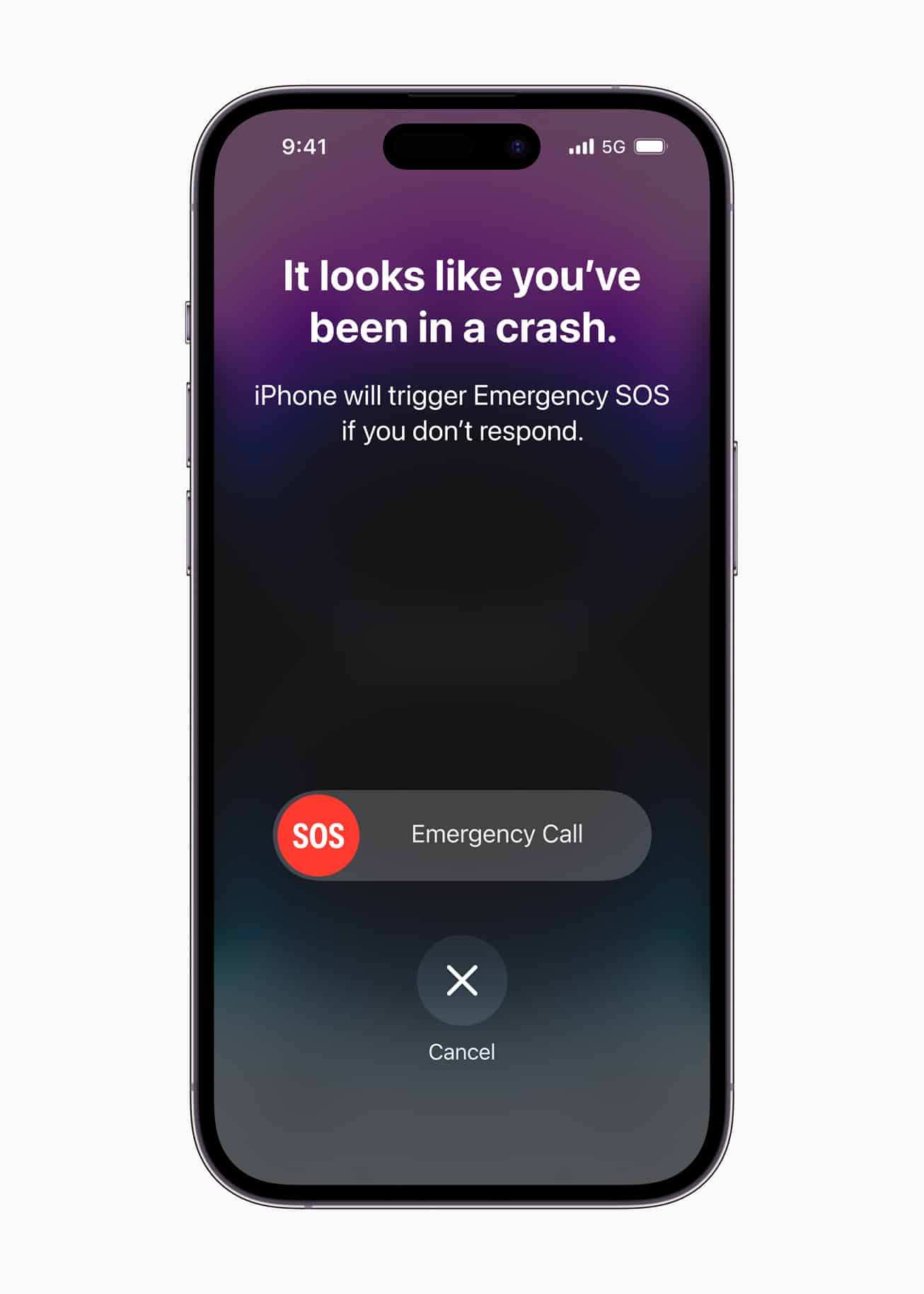
If a car crash has occurred, the iPhone displays a message that if no response is input, emergency services will automatically be contacted. This same functionality is also found on the new Apple Watch Series 8 and Apple Watch Ultra thanks to the fact that the watches also feature the new gyroscope and accelerometer necessary to detect a crash.
Can the iPhone 14 Pro and iPhone 14 Pro Max connect to satellites?
The second major safety feature incorporated into the all iPhone 14 models is called Emergency SOS via satellite. Apple has been working on this one for a while because fitting the technology needed to communicate with satellites moving at 15,000 miles per hour above the Earth is a complicated matter.
The new feature establishes an off-grid connection between your iPhone and satellites hundreds of miles above the Earth. Because this connection works best with clear view of the sky, it’s a feature designed for emergencies that occur outdoors. For instance, you’re hiking in a place with no cellular signal and you fall and injure yourself.
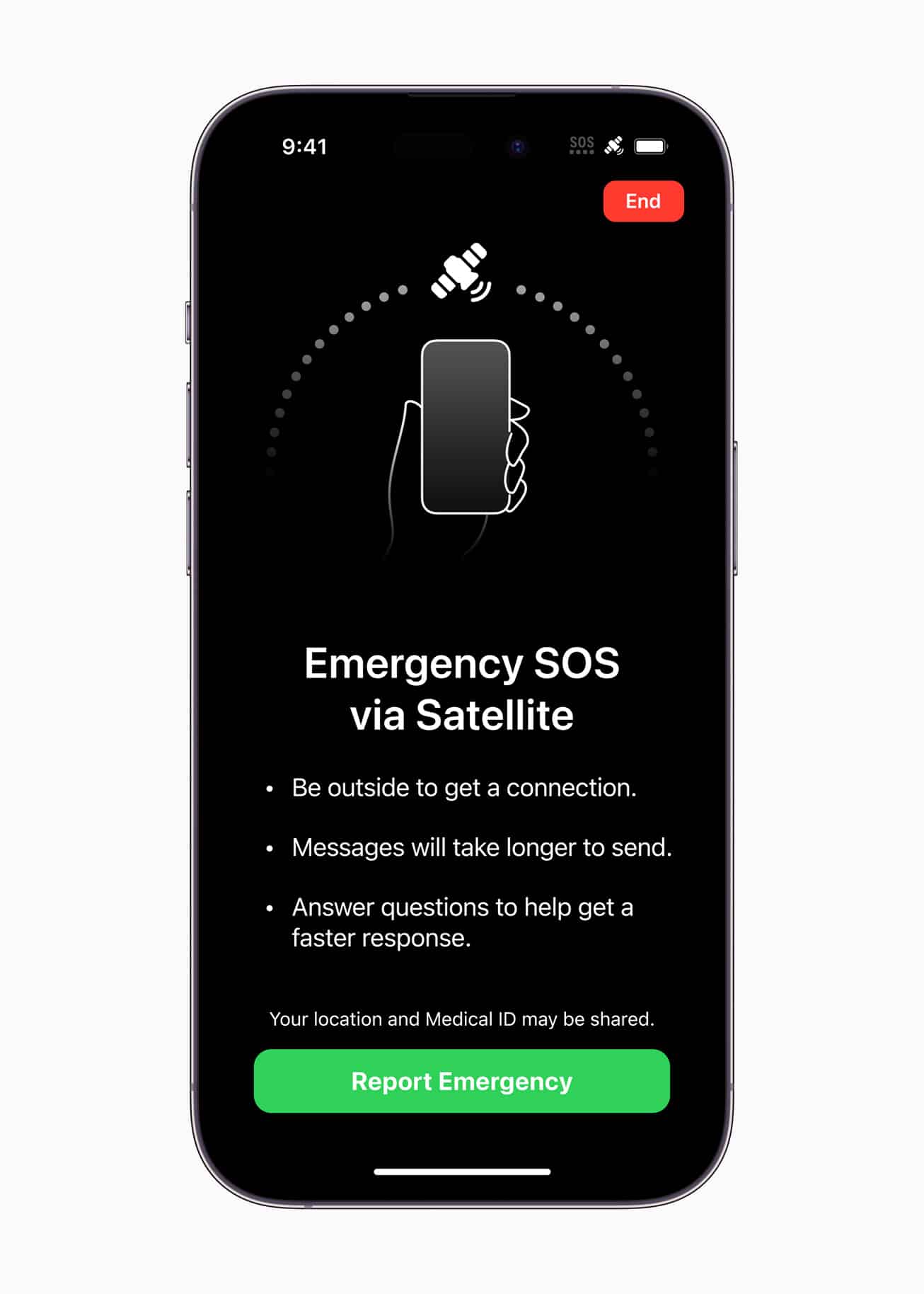
Apple developed custom components and software to connect the iPhone 14’s antenna to the unique frequencies satellites employ. When connecting to a satellite, the iPhone shows you exactly how to hold your phone and where to point it to ensure it’s facing the current position of the satellite you’re connecting to. It’s a pretty impressive feat of engineering.
The bonus of this satellite connectivity is that it’s also useful outside of emergency situations. Apple has integrated the satellite connectivity into Find My, allowing you to share your location with friends and family even when you’re off the grid.
Apple says the feature won’t launch until November 2022. The company is including the service for free for two years with each iPhone purchase. The company didn’t say how much it would cost if you keep your phone for longer.
Do the iPhone 14 Pro and iPhone 14 Pro Max have SIM card trays?
One final interesting note from Apple’s event: physical SIM cards will no longer be supported on iPhones from the iPhones 14 onward. Apple has removed the SIM card tray from its new devices, meaning that you’ll only have to activate an eSIM to connect your phone to your mobile plan.
The iPhone 14 and and 14 Plus both support the use of multiple eSIMs at once, meaning you can have multiple different cellular plans active on a single device from multiple carriers.


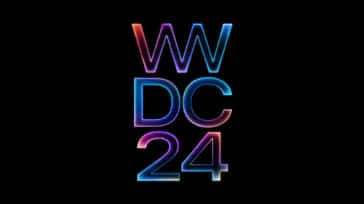





But does it have a mini plug output for a wired speaker?
The “final interesting note” is a showstopper for me. Without the nano-SIM tray, I would lose my irreplaceable annual service plan. Might have to look to my Canadian friends, or find a suitable reseller, or eBay.
Somehow, “Phone” is a misnomer for today’s devices. If you look at the text for this article and count how much is said about “phone” compared with all the text that discusses other features, “phone” becomes almost totally incidental. These are digital devices that do many things, mostly photographic but not exclusively, and, by the way, they have a phone in them. I think they need a more definitive name.
Stan,
Great point. We’re basically at a point in time where “phone” doesn’t mean what it meant prior to 2007. Who knows? Maybe one day a new device will come along and give us a new word to use. I agree that it does feel increasingly silly to call these devices phones.
Thanks for reading!
Wayne
I believe the term used by Steve Jobs was “Personal Digital Assistant”. While Newton, Apple’s first iteration of this idea fell far short of exciting the masses, it’s successor in the form of the iPhone certainly has. It’s everything he would have wished for. If the iPod was all of your songs in your pocket, the iPhone is the entire body of man’s knowledge in your pocket; as well as your iPod, your still camera, your video camera, your compass, your calculator, your guitar tuner, your watch, your calendar, your rolodex, your GPD navigator, your…well, the list is just getting started.